Beyond the Frame 53/
An interview. A cathedral wedding. An Artificial Intelligence test. A chance to win new Cyanometer Postcards. Catching up with photography news.
Hello again!
I’ve recently returned from England, where I consumed twice my body weight in fish and chips, jellied eels, and crumpets, washed down with Yorkshire tea and warm beer.
I attended the Sherborne Travel Writing Festival, which was splendid.
I managed to get to a Stewart Lee gig. If you don’t know Stewart Lee, he is the Number One Best Living Comedian according to The Times.
I am, for better or worse, exactly the type of Stewart Lee fan he describes in this short clip.
More seriously, Stewart Lee was recently interviewed by Krishnan Guru-Murthy and it’s interesting to hear him speak about the intersection between his comedy and contemporary politics.
Best of all, whilst In England I caught up with an impressive number of friends. We shared good food and a lot of laughter. I find that the older I get, the more precious those friendships become.
Anyway, that’s what I’ve been up to. Now, I have a lot of thought-provoking photography news to share so I’ll crack on.
Photowhoa Interview
My cheerful friends at Photowhoa, the home of many photography tutorials, asked me a series of questions in a recent interview.
The interview is online and you can read my answers to a range of questions, including:
Do you have any daily habits or routines that help fuel your creativity?
How has being a photographer changed you as a person over the years?
How do you see AI and digital art influencing the future of photography?
A sumptuous wedding and Adobe Content Credentials
Whilst in England I was working inside Winchester Cathedral. Coincidentally, a young couple were getting married at the same time.
Their wedding ceremony was an impressively grand affair with hundreds of guests and a gospel choir. The bride looked radiant in her majestic white dress.
It reminded me very much of my own wedding.
Of course, we didn’t have access to the gothic grandeur of Winchester Cathedral but we did enjoy the utilitarian anonymity of the Don Mueang District office in Bangkok.
We neglected to invite guests or a gospel choir but we were joined by a queue of people waiting to apply for building permits and a helpful street vendor selling pork satay skewers outside the main entrance who became our official witness.
Our wedding took place whilst Thailand was still in a period of national mourning following the death of the former king so we wore black. And we didn’t have an official photographer or videographer but I had an iPhone 6.
We have two weddings photos. One made by the Registrar showing us proudly holding our marriage certificate and one selfie from the back of a taxi as we headed towards a 7–11 for our wedding breakfast.
Our wedding may not have been an elaborate affair but, for the record, there has never been nor is there ever likely to be a happier day. Plus it cost us ฿850 (about USD $26), which I think is an impressively frugal achievement. 😁
Official Photos
Back to Winchester Cathedral, where the newly-weds are posing for photos after the ceremony. The Cathedral is a fine location for wedding photos with ancient carvings, impressive altars, and ornate candelabras.
From a respectful distance and minding not to intrude upon the official photographers, I make some candid photographs. The bride looks wonderful, posing on steps in front of an altar, but I can’t understand why the photographers aren’t moving the wheeled mirror in front of her.
Visitors can look down into the mirror and view the ornate ceiling without craning their necks. But it’s really spoiling the composition and I’m wondering whether to point it out or simply move it.
I leave it. It’s not my gig, after all.
Later, Mrs. G. says the official photographer might have appreciated me mentioning that the mirror is on wheels and designed to be moved. However, I fear it might have been an unwelcome interruption and it really was none of my business.
Perhaps it’s a very obvious composition, a wide-angle frame of the bride standing in front of that impressive backdrop? No doubt the wedding photographers were making more innovative images. Still, it seems like a missed opportunity to me.
I’m genuinely interested to get the wisdom of the hive mind. In that situation, would you have pointed out that the mirror could be moved?
Artificial Intelligence Test
Back in the office some time later, the photo pops up in Lightroom. I’m curious to see how Artificial Intelligence might deal with the intrusive mirror.
It takes about seven seconds to draw a quick mask and for Adobe’s AI tool to remove the mirror, filling the gap with information calculated from the surrounding details. That’s probably less time than it would have taken to move the actual mirror!
The results are not perfect, a black tile has been lost, there are some inconsistencies in the wedding dress, but it’s uncannily accurate. The AI has generated detail in the dress, filled in the missing tip of the floral bouquet, even removed most of the shadow of the mirror from the floor. With a more carefully-drawn mask, I’m sure the results would be hard to distinguish at a glance.
Here’s a Before & After gif to show the differences (if you can’t see it in your email client, click to open in a browser.)
To be clear, I’m not advocating for this use of AI, quite the opposite. But I am keen to understand what AI is capable of, knowing that, as we’ve explored in a previous edition, AI’s capacity to generate realistic content is already beyond our ability to easily discern.
As I’ve said before, and will doubtless say again, we’ve entered a world in which no visual image can be trusted at face value. Some will say, correctly, this has always been the case. But it’s the ease and speed with which images can be manipulated or even wholly generated by AI which poses a threat to authenticity unlike anything we’ve previously witnessed.
Gatekeepers
We will increasingly rely upon the integrity of gatekeepers to authenticate visual media on our behalf.
Some organisations are taking steps. Getty Images recently made a statement reinforcing their strict policy about the use of AI.
“We do not accept the use of artificial intelligence (AI) software to generate or modify editorial images. As communicated previously, this includes AI‑powered tools in Adobe products and any other software.”
– Getty Images
Adobe – who some might suggest are not without significant responsibility in this area – have recently released Content Credentials. I’ve been testing the beta version, which is now open to all.
Essentially, photographers have the option to “sign” images with metadata that can include their verified name, social media accounts, and a list of software enhancements applied to the image, including any AI-generated content.
Here’s the export dialogue in Adobe Lightroom Classic:
That digital signature will be visible in applications which recognise it. So far, LinkedIn, Behance, and a Chrome browser extension can see content credentials. I’m sure more will follow.
In my test image of the bride with the inconvenient mirror removed, you can see that the AI-generated information has been identified and the original, unaltered image is also displayed.
It’s a small step in what I’d suggest is the right direction but it’s far from perfect. It relies on creators adding the credentials to their images and on the viewer searching for the relevant metadata.
Adobe have made it compulsory for files created using their AI Firefly product to have Content Credentials embedded but there are many other AI software solutions which, as yet, do not.
For a wedding photo, using AI to remove an intrusive object (or unwelcome relative) is just a faster and simpler way of doing what’s been possible in Photoshop for years – and in the darkroom forever. I’m not a fan but they’re not my wedding photos. I stand by the old adage of “get it right in the camera”. But if a photographer cannot resist the temptation to improve a picture with AI, at least we now have a way to see the evidence.
You can learn more about Adobe Content Credentials and sign-up to the project on the Adobe website.
The Coalition for Content Provenance and Authenticity (C2PA) has more information about the open standard, led my Microsoft and the BBC, which is hoping to “tackle disinformation in the digital news ecosystem.”
Cyanometer Postcards
In Beyond the Frame 34/ I introduced Horace Bénédict de Saussure’s Cyanometer, a device used to measure the colour intensity of the sky
I see that my friends at Colossal have produced three cyanometer postcards, designed by Berlin-based artist, Macarena Ruiz-Tagle.
Macarena’s first two designs were a traditional Prussian Blue cyanometer and a red, sunset cyanometer.
Her most recent design is, perhaps worryingly, an Air Pollution meter, showing shades of brown.
Macarena says, “Separating the visual delight of being immersed in a cloud from the intoxicating reality of breathing heavily polluted air, the postcard evokes both the smog that engulfs global cities and the ethereal beauty of fog,”
All three Cyanometer postcards can be purchased from the Colossal online shop, individually or as part of a pack.
Win a set of Cyanometer postcards
I have a set of three Cyanometer postcards that I’ll send to a reader who can correctly answer this question:
The oldest known painting where Prussian blue was used was painted in which year?
Click the link below to enter and, if correct, your name will be added to the prize draw.
If you also include the name of the artist and the title of the painting, that won’t hurt your chances of winning.
Catching up - Photography News
I have a long list of photography-related news to share. All of these warrant more attention that I’m giving them here but in the interests of catching up…
World Press Photo 2025 Winner
The winner of this year’s World Press Photo contest is Samar Abu Elouf’s picture of Mahmoud Ajjour (9). Mahmoud was injured during an Israeli attack on Gaza City in March 2024.
Samar is also a recent recipient of the Anja Niedringhaus Courage In Photojournalism Award.
You can – and I gently encourage you to – read more about Samar’s work in Gaza in this outstanding CNN report.
The first thing Samar Abu Elouf does before photographing a dead child is make sure it isn’t one of her own.
Feelings of fear, panic and duty overcome the award-winning photojournalist and mother of four, who makes no attempt to conceal her tears as she raises a camera to her eye and snaps, capturing another agonising scene in Gaza.
— From the CNN report, “This is worth dying for”
You can follow Samar Abu Elouf’s work on her Instagram account.
Mao Ishikawa Exhibition
The Mead Gallery in Warwick, UK, is hosting an exhibition of Mao Ishikawa photographs until 22 June, 2025.
“For five decades the Japanese photographer has captured the internal lives of a host of unlikely subjects, from dockers to Black GIs. Now a new show celebrates an artist dedicated to documenting the underdog”
— From a Guardian review of Ishikawa’s work.
Saltzman-Leibovitz Photography Prize
The winner of the inaugural Saltzman-Leibovitz Photography Prize is Zélie Hallosserie.
21 year-old Zélie, currently in her final year of photography studies, has been documenting migration in Calais, France.
“Her ongoing project, The Game, captures the personal journeys and stories of migrants in Calais, an often perilous final junction before reaching the United Kingdom.”
— From Petapixel
I haven’t been able to find a website or Instagram account for Zélie Hallosserie. If you happen to find either, please let me know.
All the shortlisted entries will be on display at Photo London at Somerset House from 15th to 18th May, 2025.
Magnum Workshops
Istanbul
Emin Özmen is leading a photography workshop in Instabul from 16th to 20th June, 2025.
Emin is a Turkish photographer who knows Istanbul very well. To me, this looks like a great opportunity to explore the vibrant city whilst learning from a knowledgeable photographer.
The workshop fee is £1,300, excluding travel and accommodation.
Marseille Summer Course
Magnum’s 2025 Summer Course, held over three weeks, will be led by Newsha Tavakolian and Zied Ben Romdhane.
From 11th to 29th August, 2025, photographers can create a new photo essay, helped with instruction from experienced photography professionals.
Course fee: €3,400
Ghosts in Masks Horror Film
Finally, you might remember my photos from the charming Thai Phi Ta Khon (Ghosts in Masks) festival, featured in Beyond the Frame 46/ and Beyond the Frame 49/.
Well, I am delighted and disturbed in equal measure to learn that the fantasy horror film “Legend of the Phi Ta Khon Masks” has been released.
I say “has been released”, it might be more accurate to say that, despite everybody’s best efforts, it has escaped.
If you aren’t right now adding this cinematic tour de force to the very top of your Must See list then, in the immortal words of Dolores Landingham, “God, Jed, I don’t even wanna know you.”
That’s all for this edition.
On Friday I’ll be looking at the curious events currently unravelling around Nick Ut’s famous photo, The Terror of War, also known as Napalm Girl.
Until then, go well.
Directory: Beyond the Frame newsletter archive.
Resources: Recommended books, films, gear, media etc.
Beyond the Frame 52/
Remembering Françoise Demulder—the first woman to win the World Press Photo contest—and looking back at the world as it was in 1977.


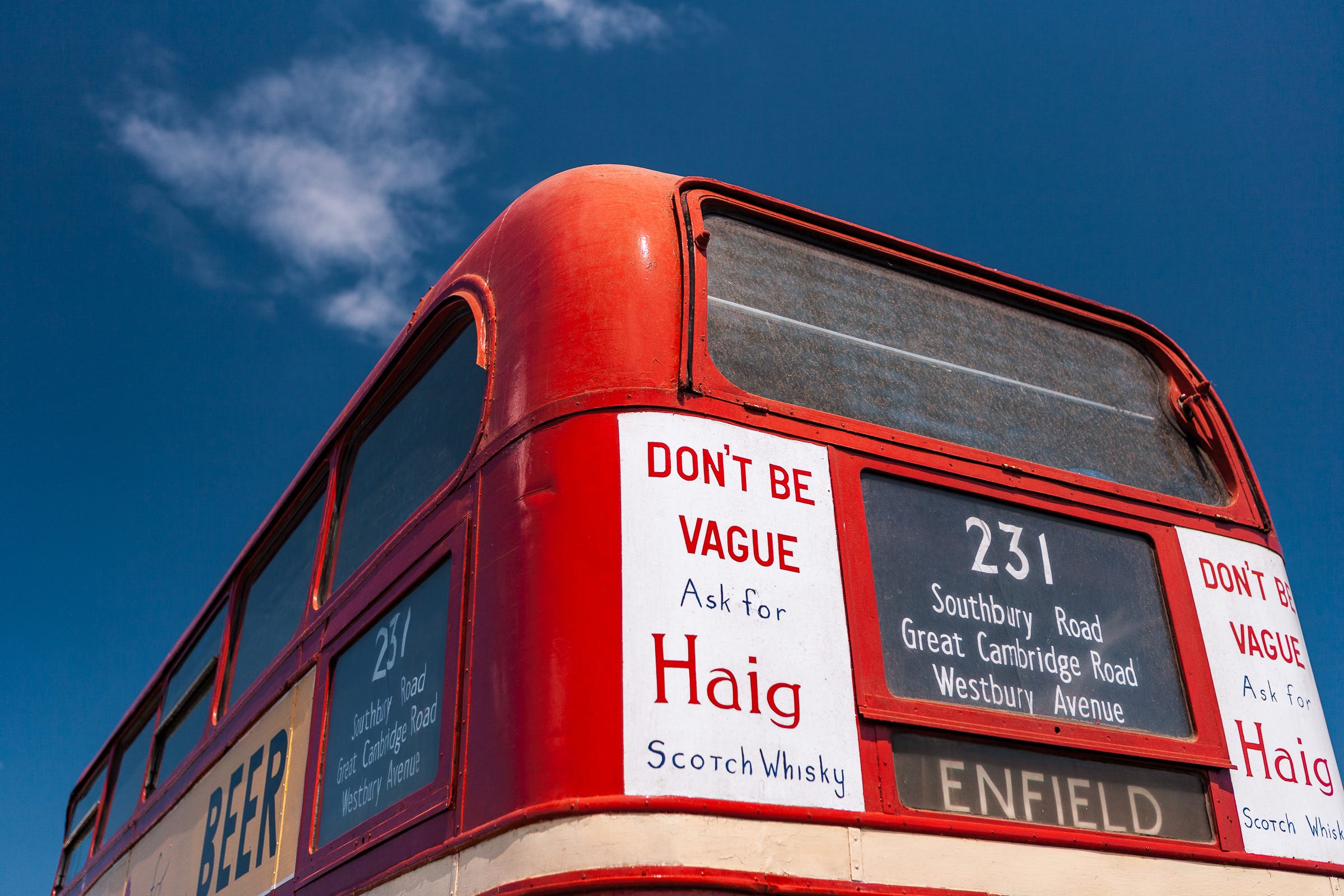
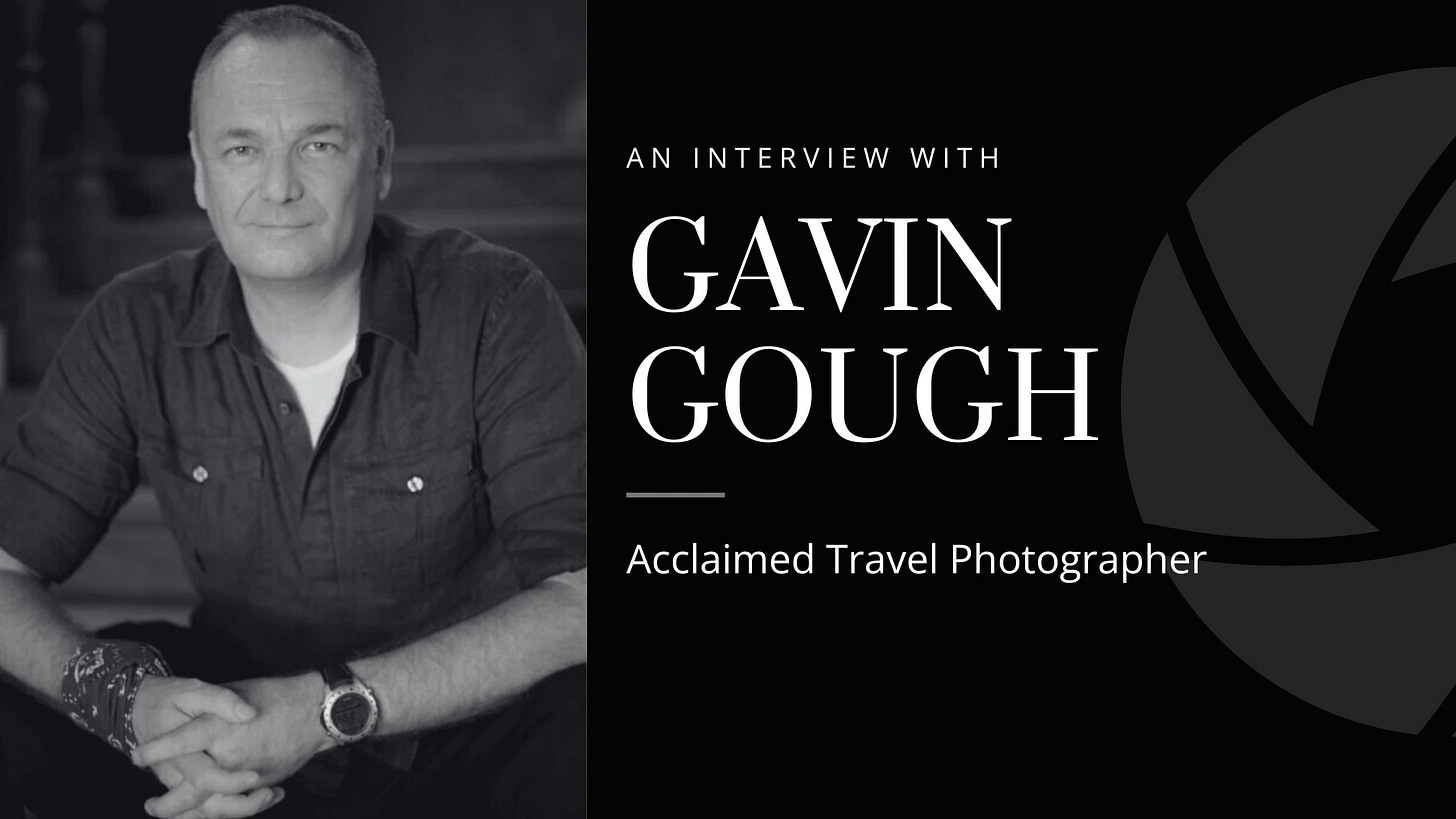
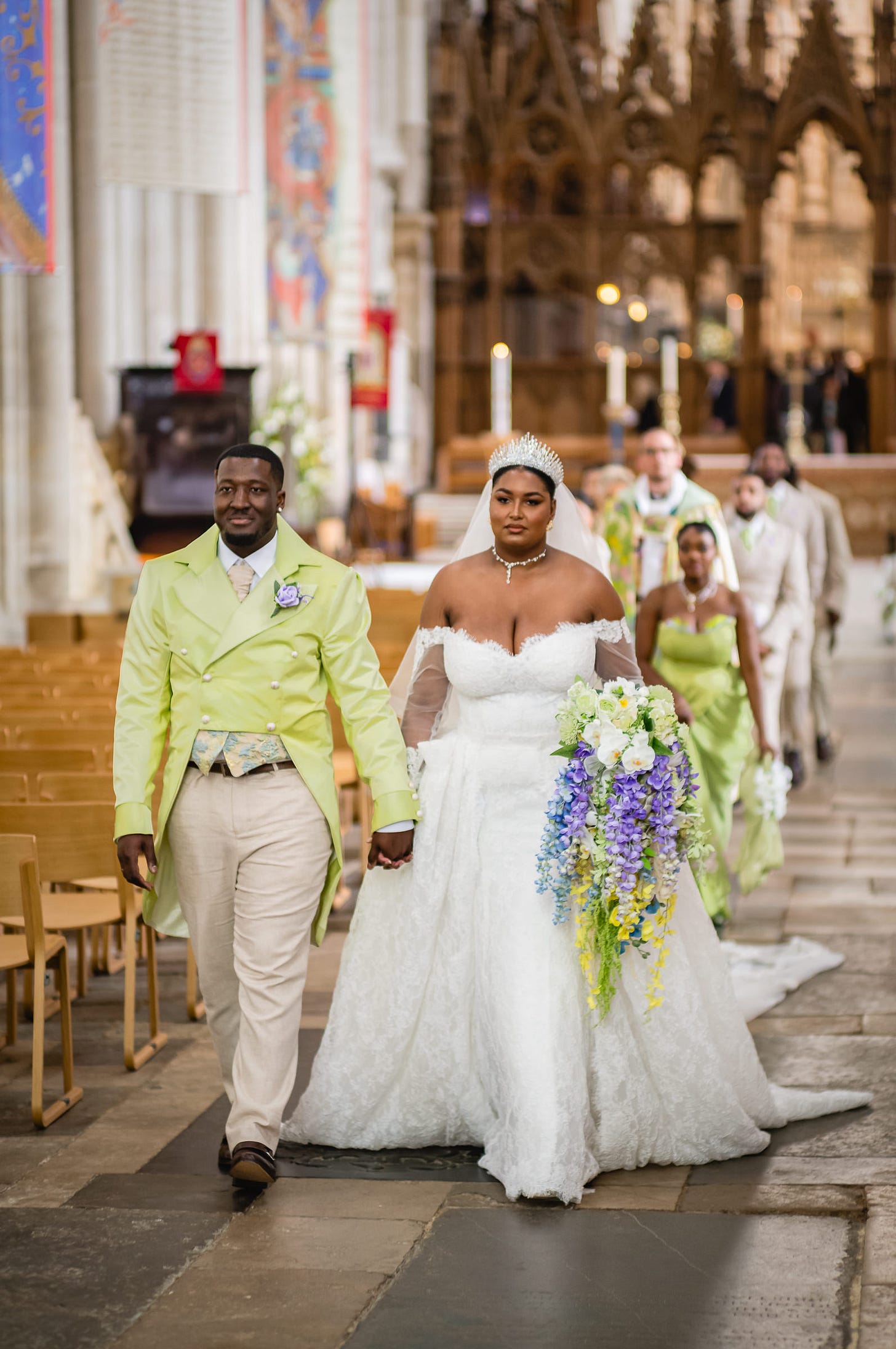






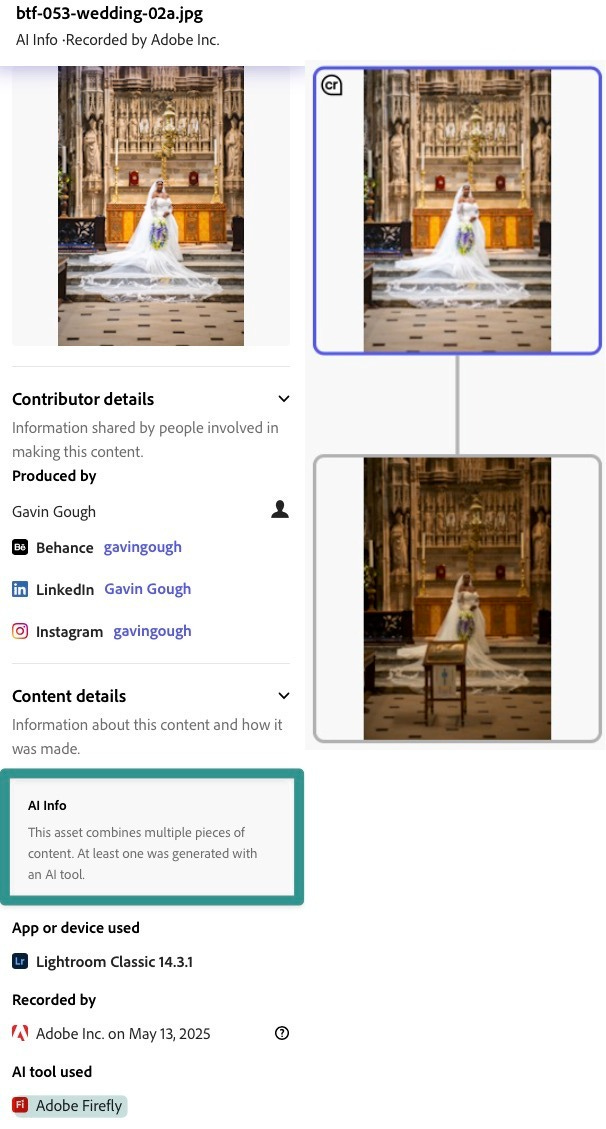



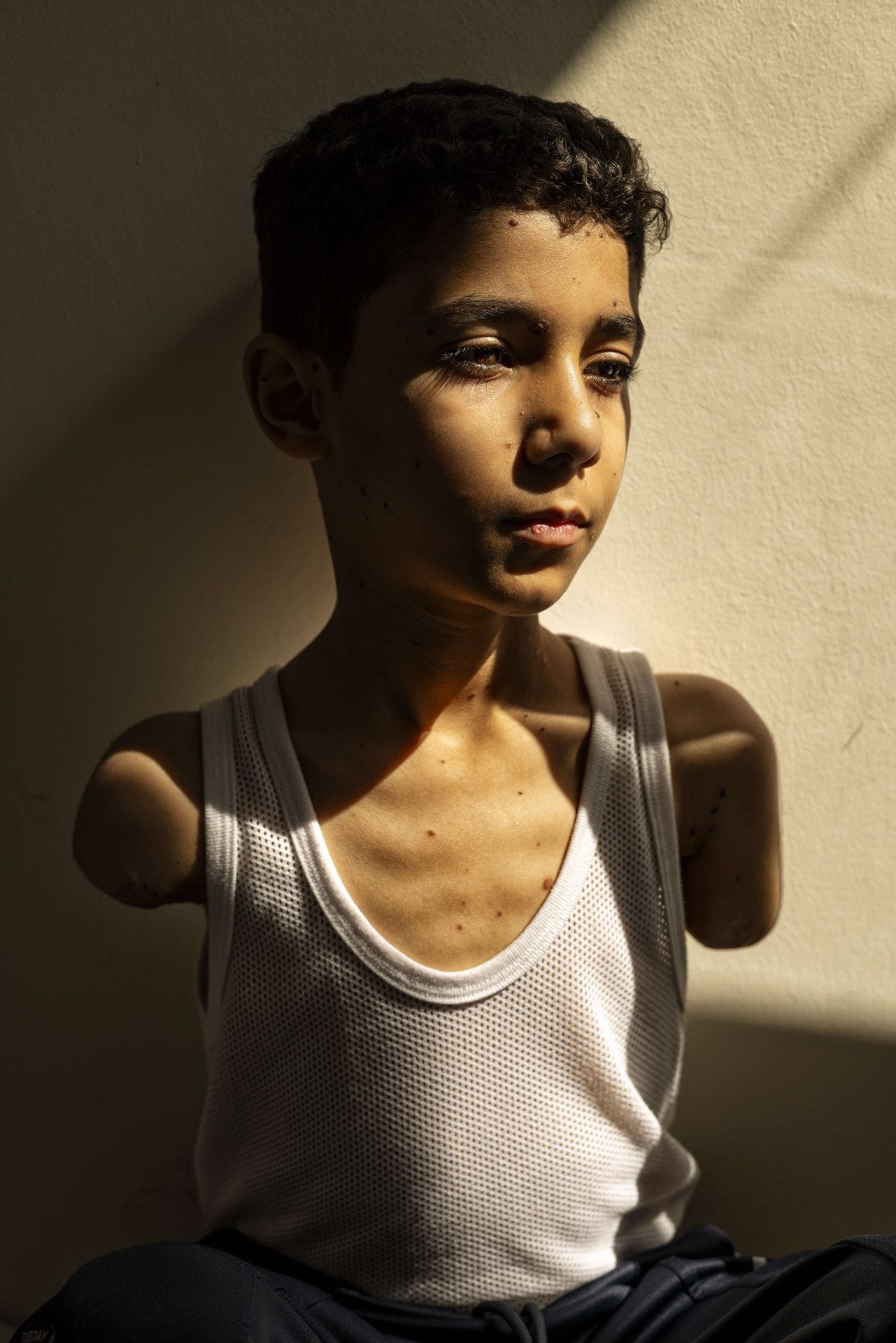
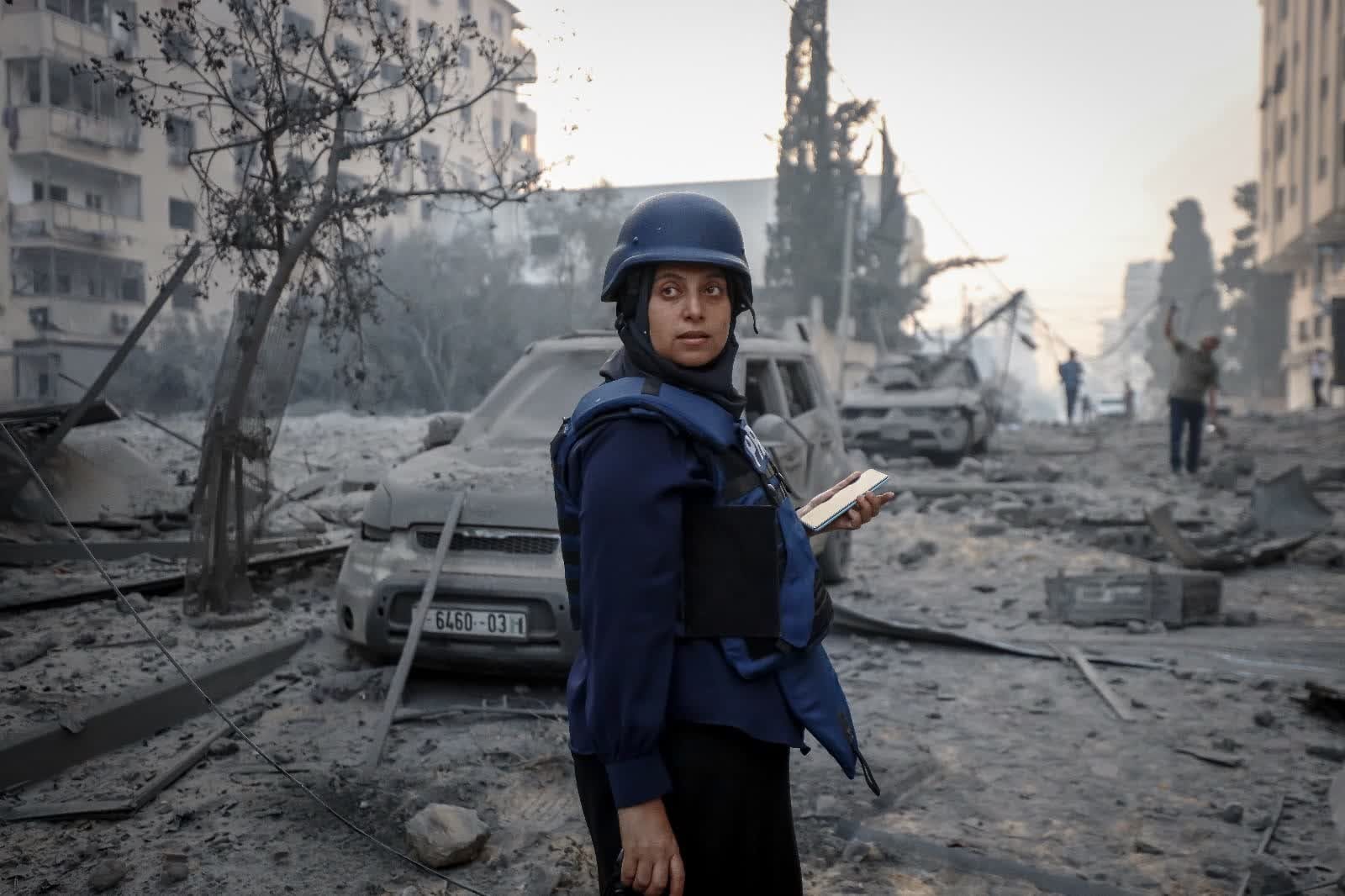
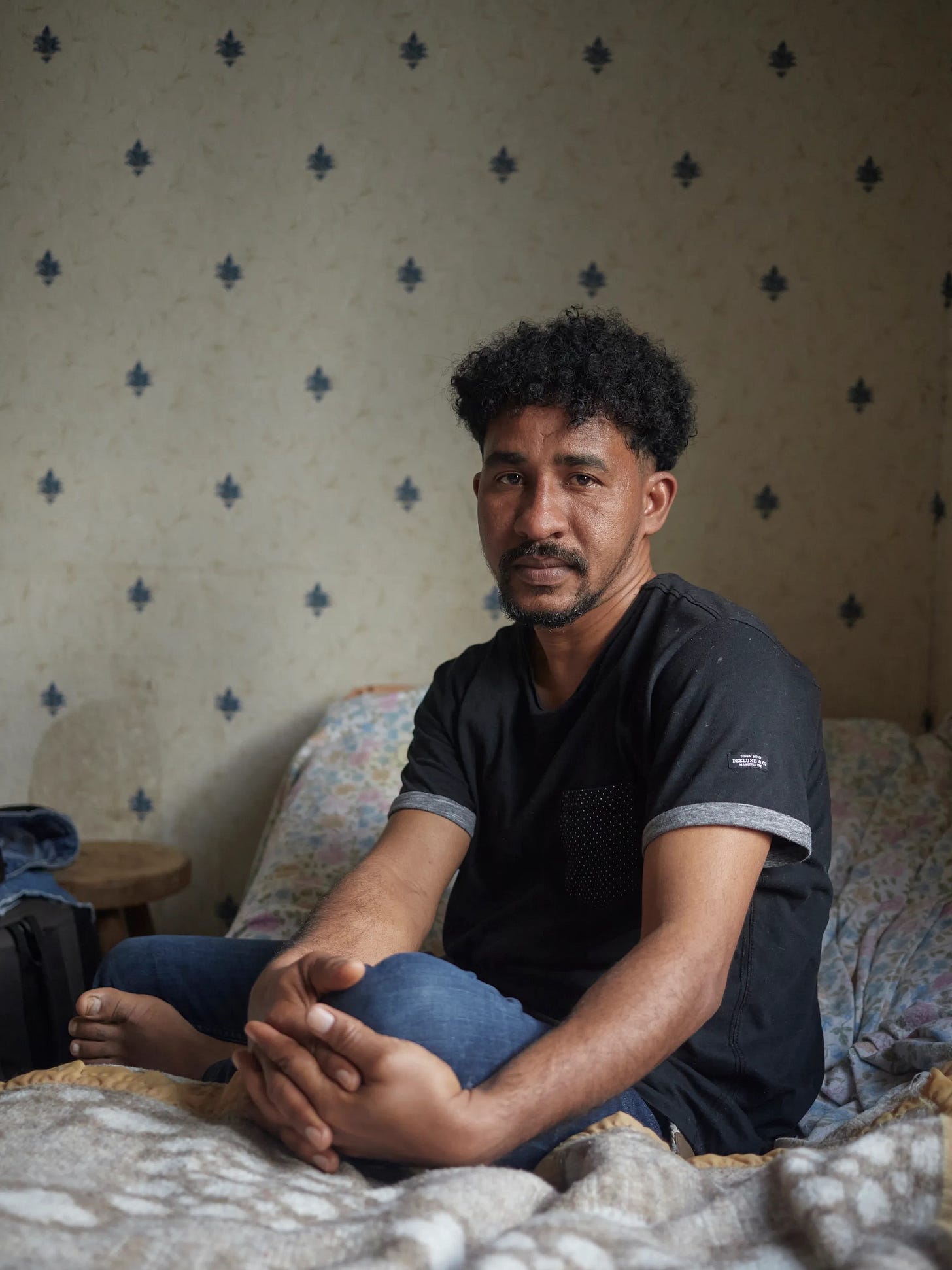
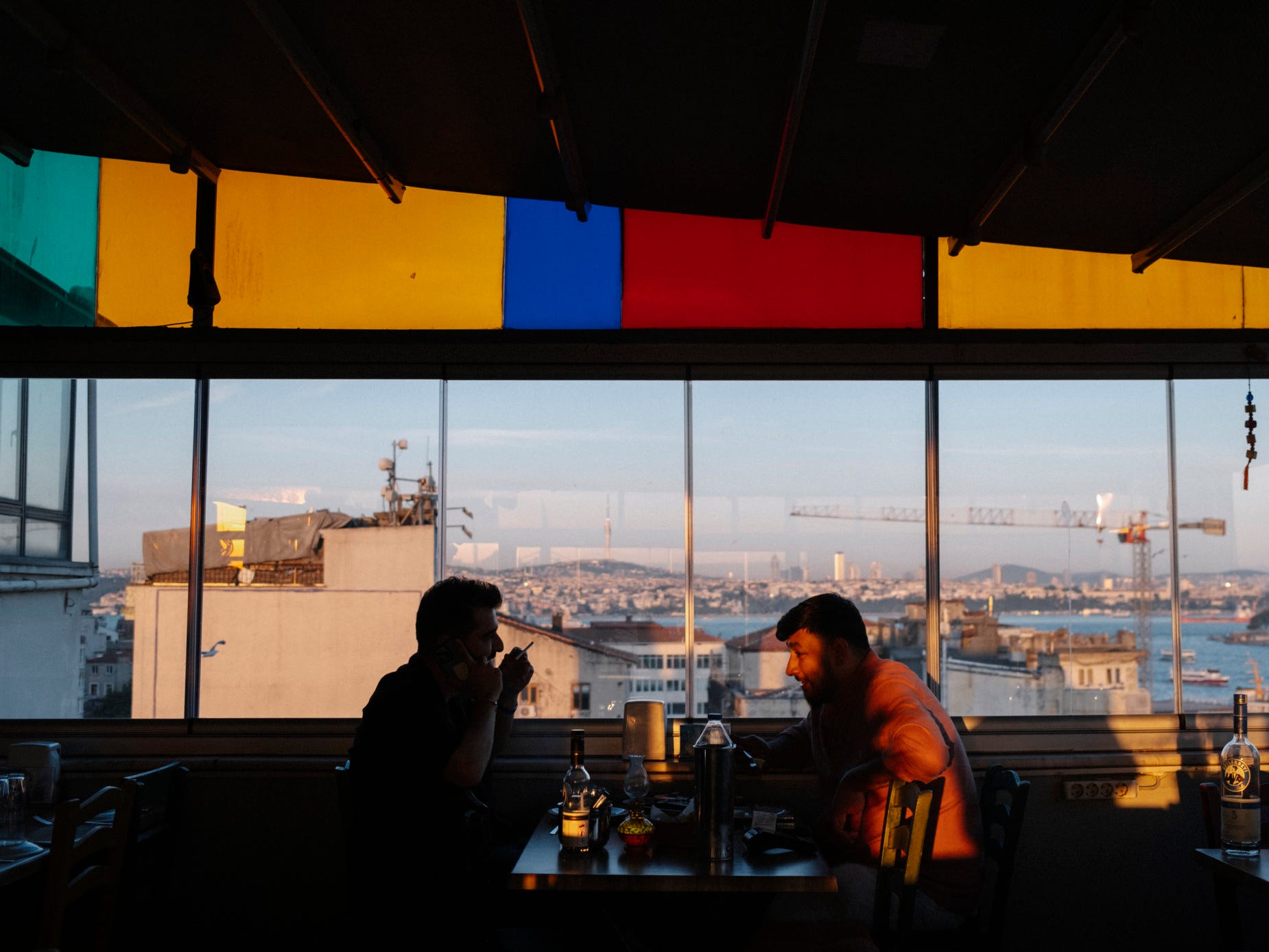
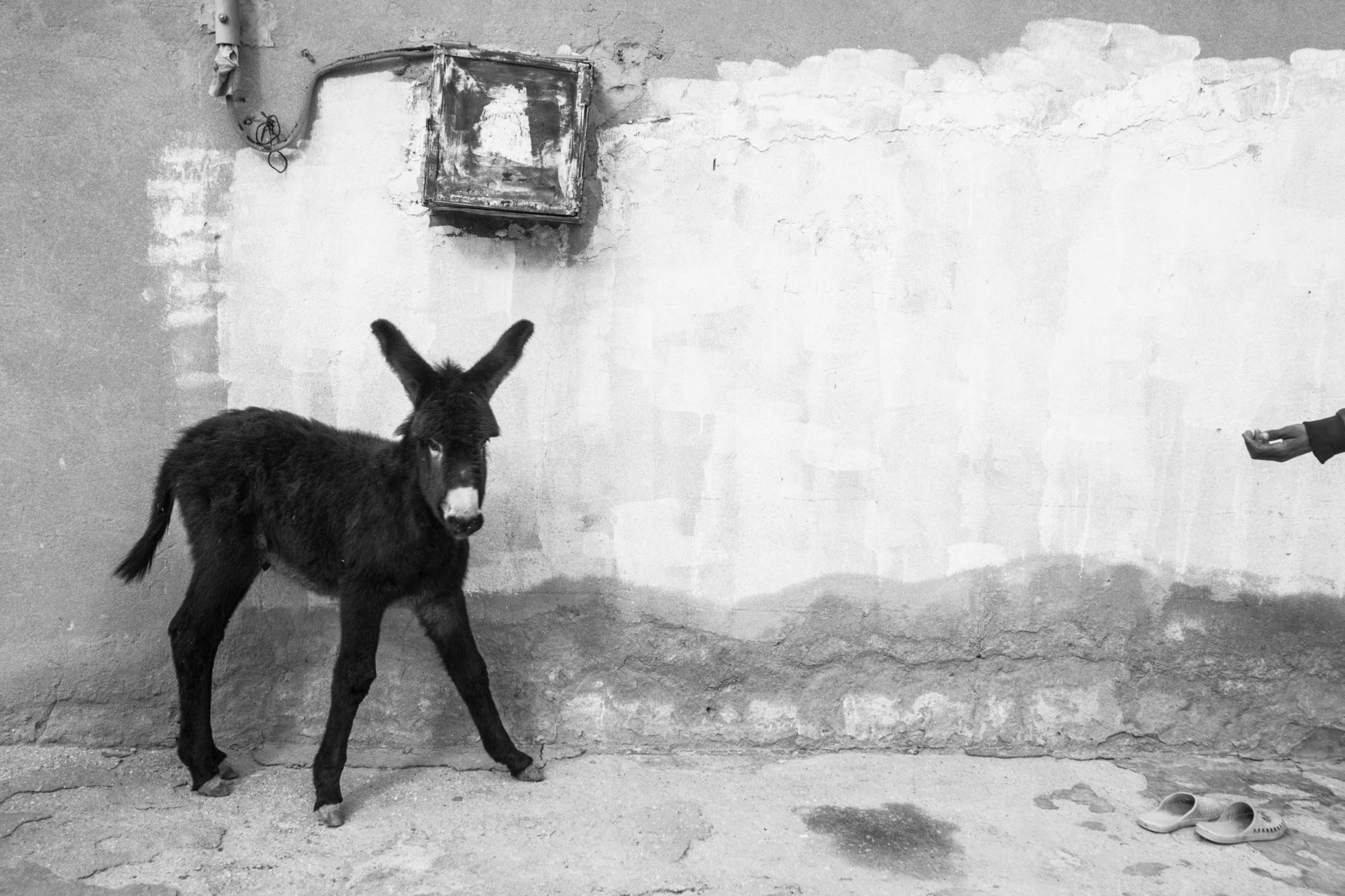
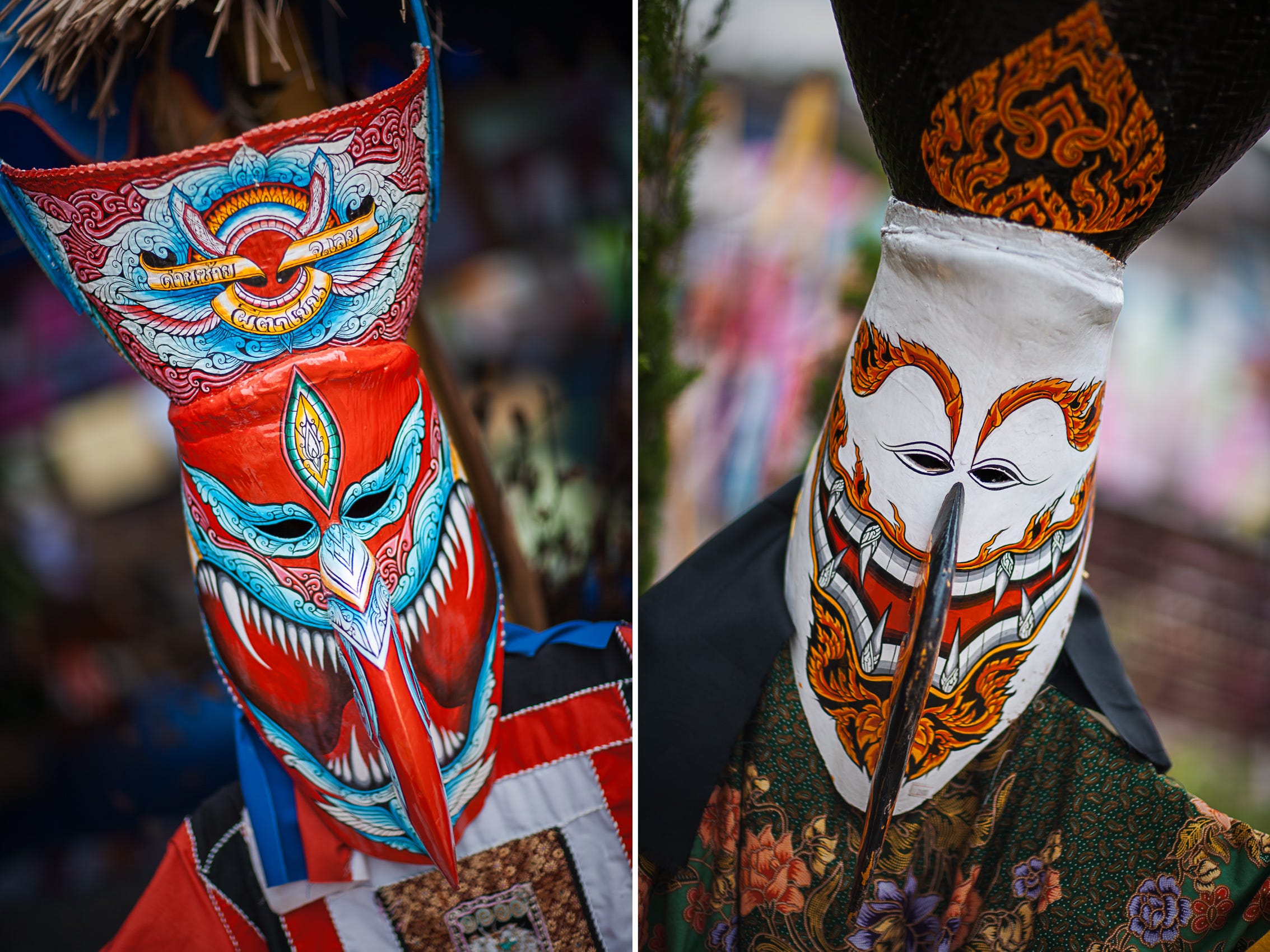

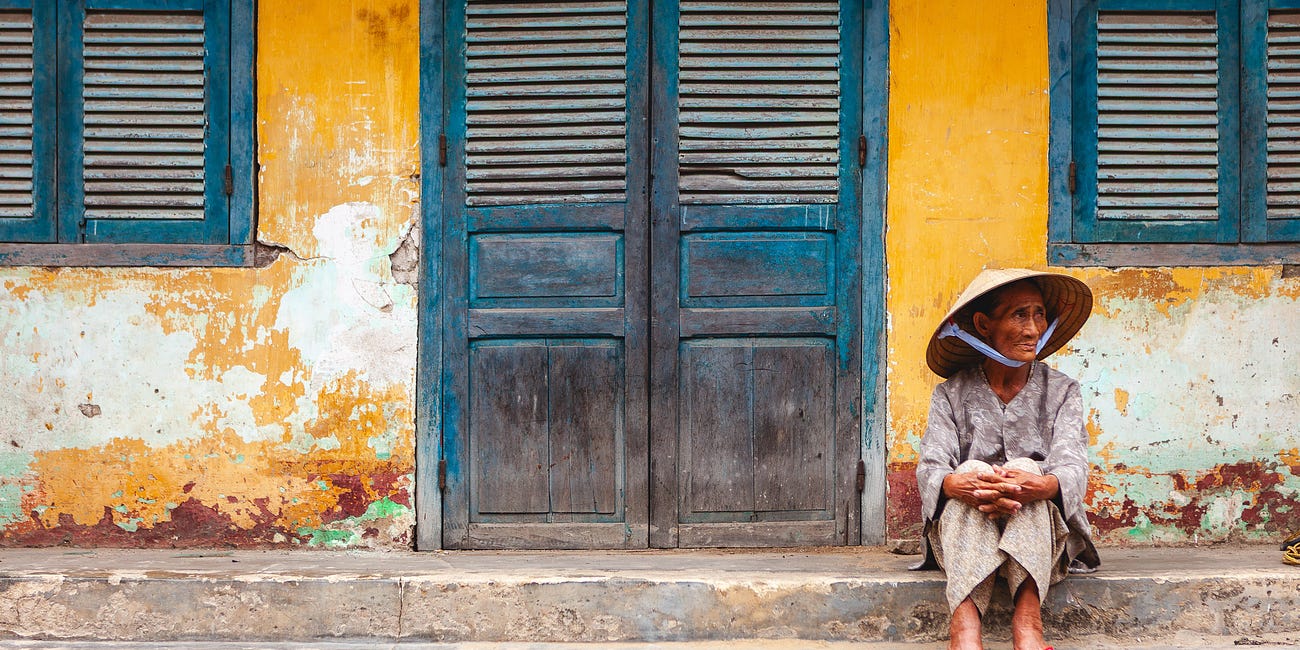
Hey Gavin, another very fine newsletter with a lot of different subjects. Let me tell you that on a phone I can’t see any fault with the AI image. I’m certain that in a proper monitor things will be different.
I’ve been using the content credentials and I’m happy something is being done.
Just to explain why I voted that I wouldn’t say anything to the photographer. Some people would get offended, even more during the course of their job and with their clients watching it. In a more private moment and if I saw some kind of opening I would probably mention it, but that may never be the case. On another note, I’m assuming a professional wedding photographer should know what he/she’s doing.
Bonjour
Pour information suite article sur le prix leibovitz-saltzman
https://www.instagram.com/zeliehallosserie/
zeliehallosserie.myportfolio.com
cordialement